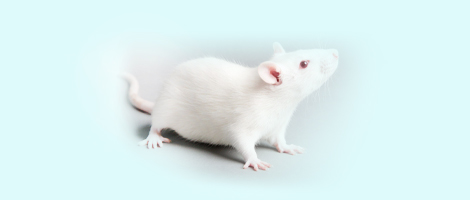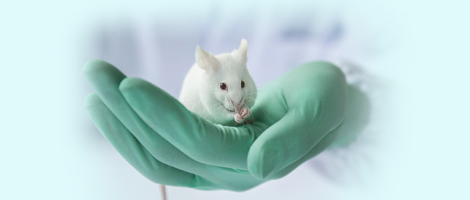| [1] |
贡磊磊, 王晓霞, 封学伟, 李心蕾, 赵涵, 张雪艳, 冯欣. 不同浓度环磷酰胺诱导早发性卵巢功能不全小鼠模型及作用机制研究[J]. 实验动物与比较医学, 2025, 45(4): 403-410. |
| [2] |
姜娟, 宋宁, 连文博, 邵丛丛, 顾文文, 石燕. 两种浓度乙醇溶液灌注建立小鼠宫腔粘连模型的组织病理和分子病理表型比较[J]. 实验动物与比较医学, 2025, 45(4): 393-402. |
| [3] |
罗莲莲, 袁艳春, 王俊岭, 时广森. 肌萎缩侧索硬化症小鼠模型研究进展[J]. 实验动物与比较医学, 2025, 45(3): 290-299. |
| [4] |
孙效容, 苏丹, 贵文娟, 陈玥. 手术诱导大鼠中重度膝骨关节炎模型的建立与评价[J]. 实验动物与比较医学, 2024, 44(6): 597-604. |
| [5] |
李竹欣, 梁亮, 曹颖颖, 翟珊珊, 戴颖涵, 何夏, 陶俊宇, 冷静, 唐海波. 一例瑶山亚种树鼩原发多形性脂肪肉瘤的诊断[J]. 实验动物与比较医学, 2023, 43(6): 647-653. |
| [6] |
王宇, 高丹, 彭娜娜, 航艾, 沈斌, 黄坚, 唐黎明. 实验用英国短毛猫的组织结构特征及背景病变[J]. 实验动物与比较医学, 2022, 42(3): 229-236. |
| [7] |
于士颜. 小鼠模型在消化道黏膜免疫及感染性疾病研究中的应用进展[J]. 实验动物与比较医学, 2022, 42(1): 3-10. |
| [8] |
姚玎, 周晶, 严国锋, 王会阳, 汪雅荻, 马政文. 盐敏感性高血压小鼠模型的建立[J]. 实验动物与比较医学, 2020, 40(4): 314-. |
| [9] |
柴文君, 孙 磊, 刘晓丽, 潘洪玉, 郭天安, 徐 烨, 闫明霞. 超声引导下左心室内注射人肺癌细胞建立骨转移小鼠模型[J]. 实验动物与比较医学, 2020, 40(3): 183-. |
| [10] |
黄暨生, 吴淑仪, 詹锦河, 倪庆纯. 幼龄SD大鼠自发性病变分析[J]. 实验动物与比较医学, 2020, 40(2): 128-135. |
| [11] |
蒋红利, 马红叶, 薛瑾虹, 孙凌霜, 陈蕾. 绒毛蛋白1在单侧肾切除Habu肾炎小鼠模型中的作用[J]. 实验动物与比较医学, 2020, 40(1): 1-8. |
| [12] |
肖昆林, 张蕊, 孙红, 肖昆太, 马建兵. 单碘乙酸诱导SD大鼠膝骨性关节炎模型在不同时间点与疾病进程的评价[J]. 实验动物与比较医学, 2020, 40(1): 47-52. |
| [13] |
李慧. Foxp2小鼠模型中发育性言语障碍的分子遗传学研究[J]. 实验动物与比较医学, 2019, 39(4): 331-336. |
| [14] |
何一旻, 顾鸣敏. Myh13敲除小鼠表型的初步分析[J]. 实验动物与比较医学, 2019, 39(3): 193-200. |
| [15] |
沈艳, 王韵, 张汝, 阮铮, 毛建华. 两种小鼠肺癌模型的构建及Micro PET-CT观察[J]. 实验动物与比较医学, 2019, 39(1): 39-45. |






